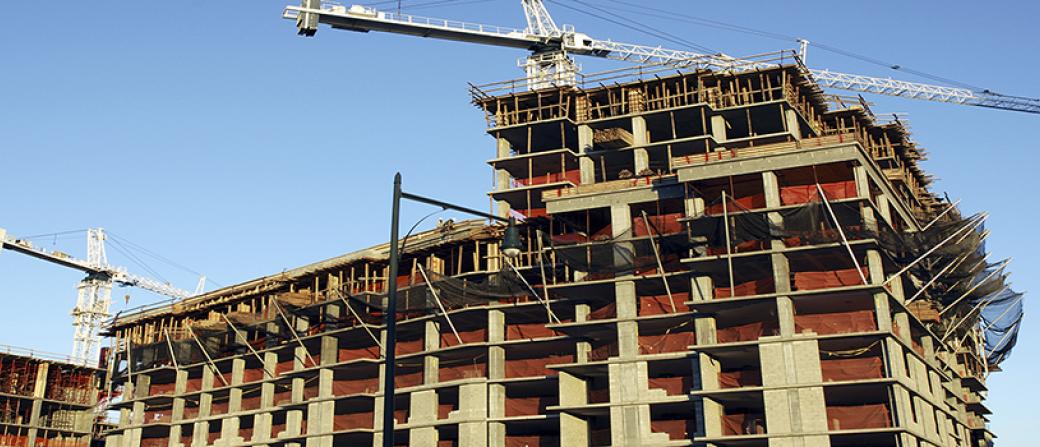Builder's risk insurance is coverage that protects materials, fixtures and equipment being used in the construction or renovation of a building or structure.
The term "builder" is misleading because it can include not only contractors performing work, but the ultimate owner, lending institution and others.
Builders risk insurance is one type of insurance which is used by the construction and remodeling trade. These policies are used to cover both natural and accidental damage caused on a building site. There are many considerations with the purchase of this insurance in regards to the type and amount of coverage as well as who is purchasing it. The amount of coverage also depends on the size of the project and the length of time it will be in force. These policies are usually project-specific and are bought by contractors to compliment their general liability insurance.
Builders risk insurance has the function of protecting against loss due to hazards such as fire, vandalism, lightning and wind. Builders risk insurance also provides coverage for circumstances related to accidental loss, property damages or destruction and clean-up or salvage operations.
There are limitations to the function of builders risk insurance as well. These policies generally do not cover circumstances related to earthquake, flooding, acts of war or intentional acts of the property owner. There are other limitations to this type of policy - coverage is for the construction period only and protects certain persons involved in the building project. These persons include the property owner, the general contractor and sub-contractors as well as engineers and architects involved in the project. Builders risk insurance also covers loss to the mortgage company which finances the project.
The main feature of builders risk insurance is the type of structures which are covered under a policy during construction.
- New structures on the property
- Any additions to a structure currently in progress
- Fixtures and equipment considered part of the building such as boilers, HVAC or electrical systems
- Temporary structures such as construction offices
- On-site materials used in the building project
- Soft costs

